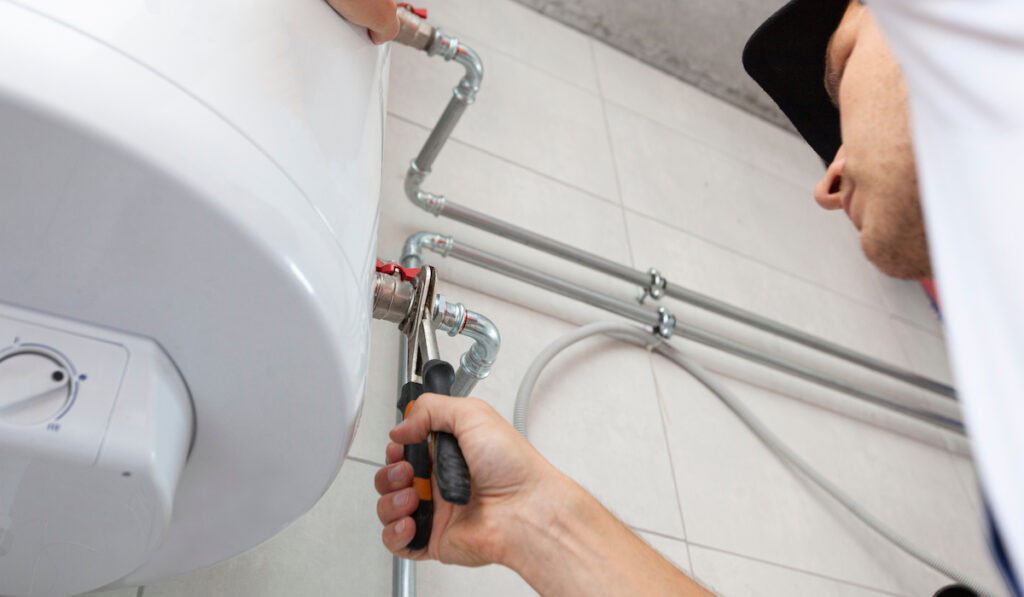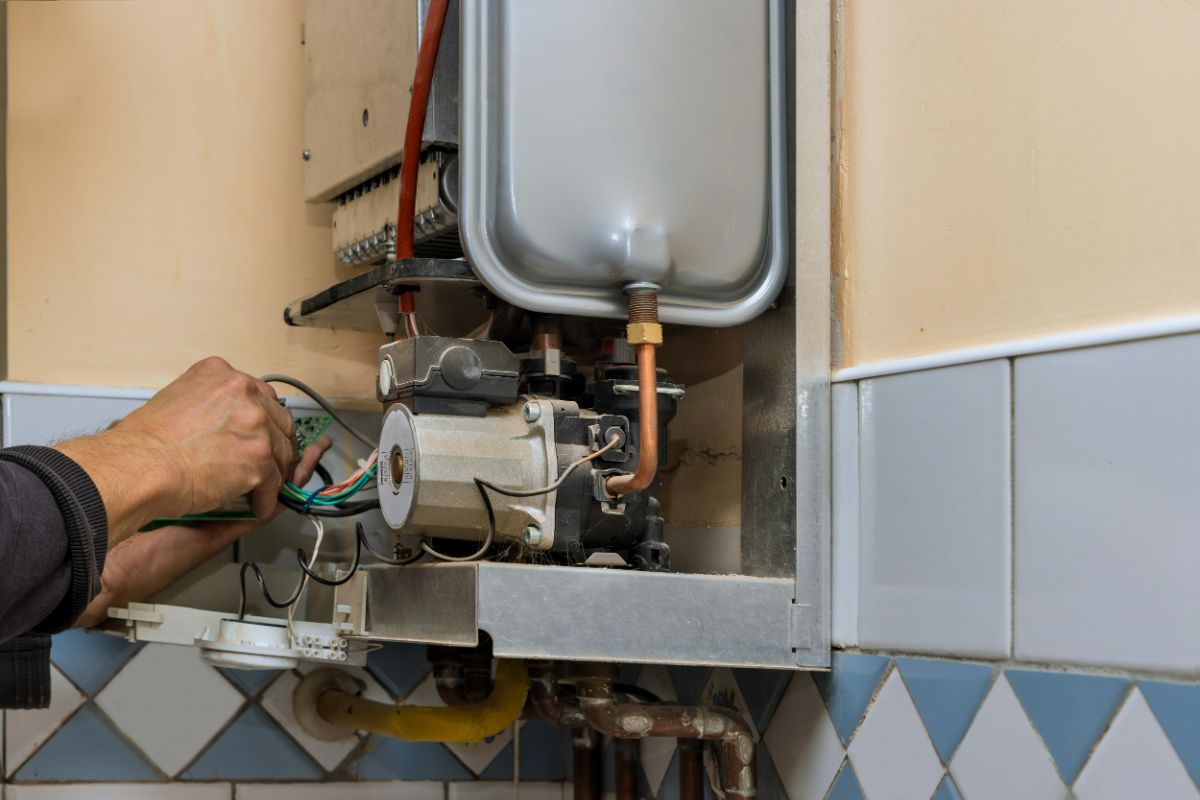Essential Maintenance Strategies for Your Home's Hot Water System
Essential Maintenance Strategies for Your Home's Hot Water System
Blog Article
In this article underneath you can get additional worthwhile data with regards to Water Heater Maintenance Tips You Can't Afford to Forget.

Warm water is necessary for day-to-day comfort, whether it's for a refreshing shower or cleaning meals. To ensure your warm water system runs effectively and lasts much longer, regular upkeep is crucial. This article gives functional suggestions and understandings on just how to preserve your home's hot water system to prevent disruptions and pricey repair work.
Intro
Preserving your home's warm water system might seem challenging, yet with a couple of easy actions, you can ensure it runs efficiently for many years to find. This overview covers everything from recognizing your warm water system to DIY maintenance suggestions and understanding when to hire specialist assistance.
Significance of Keeping Your Hot Water System
Normal maintenance not just prolongs the lifespan of your hot water system but additionally ensures it runs efficiently. Ignoring maintenance can bring about decreased efficiency, greater power bills, and even early failing of the system.
Indications Your Warm Water System Needs Maintenance
Recognizing when your warm water system requires attention can stop major problems. Keep an eye out for signs such as inconsistent water temperature, odd sounds from the heater, or rustic water.
Recognizing Your Hot Water System
Before diving right into maintenance jobs, it's handy to understand the fundamental parts of your warm water system. Generally, this includes the water heater itself, pipes, anode poles, and temperature level controls.
Month-to-month Maintenance Tasks
Regular regular monthly checks can help catch minor issues before they intensify.
Purging the Hot Water Heater
Purging your water heater eliminates debris build-up, boosting performance and lengthening its life.
Monitoring and Replacing Anode Rods
Anode rods stop rust inside the storage tank. Checking and changing them when broken is critical.
Examining and Changing Temperature Settings
Adjusting the temperature setups makes certain optimum performance and safety.
DIY Tips for Maintenance
You can perform numerous upkeep jobs yourself to keep your hot water system in leading condition.
Checking for Leaks
On a regular basis inspect pipes and links for leakages, as these can cause water damage and higher bills.
Testing Stress Alleviation Valves
Checking the pressure safety valve ensures it functions properly and protects against extreme stress build-up.
Insulating Pipes
Insulating hot water pipelines minimizes heat loss and can conserve power.
When to Call a Specialist
While do it yourself maintenance is useful, some problems need expert expertise.
Complex Concerns Needing Expert Assistance
Examples consist of major leaks, electric troubles, or if your hot water heater is constantly underperforming.
Regular Expert Maintenance Benefits
Expert upkeep can include comprehensive inspections, tune-ups, and making certain compliance with safety requirements.
Conclusion
Routine upkeep of your home's warm water system is vital for efficiency, long life, and cost financial savings. By complying with these ideas and knowing when to look for professional assistance, you can guarantee a reliable supply of warm water without unexpected disruptions.
How to Maintain an Instant Hot Water Heater
Before tinkering with your hot water heater, make sure that it’s not powered on. You also have to turn off the main circuit breaker and shut off the main gas line to prevent accidents. Also turn off the water valves connected to your unit to prevent water from flowing into and out of the appliance. 2. When you’re done, you have to detach the purge valves’ caps. These look like the letter “T†and are situated on either side of the water valves. Doing so will release any pressure that has accumulated inside the valves while at the same time avoid hot water from shooting out and burning your skin. 3. When the purge valves’ caps are removed, you have to connect your hosing lines to the valves. Your unit should have come with three hoses but if it didn’t, you can purchase these things from any hardware or home repair shops. You can also get them from retail stores that sell water heating systems. Read the user’s manual and follow it to complete this task properly. When the hosing lines are connected, open the purge port’s valves. 4. You should never use harsh chemical cleaners or solutions when cleaning your unit. Make use of white vinegar instead. It should be undiluted and you’ll probably use about 2 gallons. 5. Now flush your water heater. This task should probably take about 40 minutes. We can’t give you specific directions for this because the procedure is carried out depending on the type, model and brand of your heater. With that being said, refer to the user’s manual. 6. When you’re done draining the unit, you have to turn off the purge port valves again. Remove the hosing lines that you earlier installed on each of the water valves. Put the valve caps (purge port) back in their respective places and be very careful so as not to damage the rubber discs that are found inside these caps. 7. Now that everything’s back in place, check your user’s manual again to find out how to reactivate your water heating system. 8. Once it is working, turn one of your hot water faucets on just to let air pass through the heater’s water supply pipes. Leave the tap on until water flows smoothly out of it. https://www.orrplumbing.com/blog/2014/september/how-to-maintain-an-instant-hot-water-heater/

I was guided to that article on Tips For Maintaining Your Hot Water Heater from an associate on a different web blog. Are you aware of somebody who is excited by the topic? Take a moment to promote it. Thank you for your time. Please come visit our site back soon.
Click Here Report this page